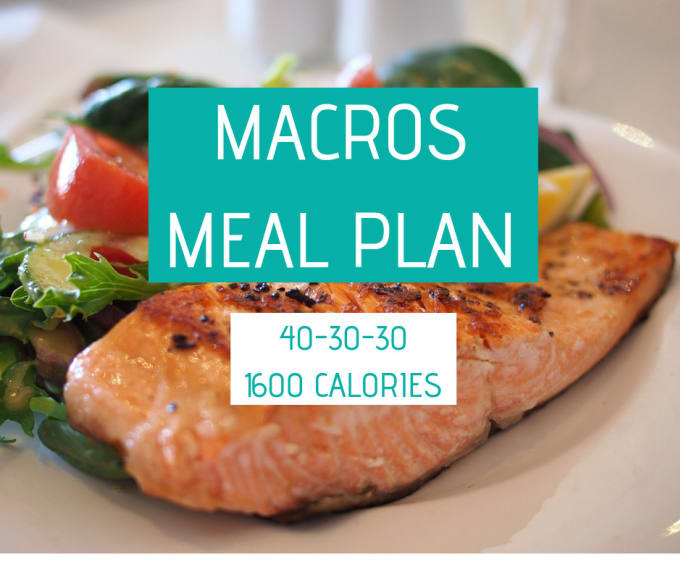

Conversely, banning all saturated fat from your diet does not make your heart attack proof. Eating more saturated fat may increase your risk of developing heart disease, but that doesn’t mean you will develop heart disease. “The simple answer is that fat intake is but a single piece of the heart-disease puzzle.

“We have evidence that eating more saturated fat (instead of unsaturated fat) increases known risk factors for heart disease, such as blood lipids, but studies looking at the big picture do not find a link between saturated fat and heart disease. I’d highly recommend this article on if the subject interests you. Note: A high dietary saturated fat intake can increase heart disease risk factors. Swap out some of your meat intake for eggs or cheese.👉🏻 I’m under my fat numbers and don’t know what to add or adjust. If you consume salads be aware that oil-based salad dressings can quickly add up.Use less oil in the pan, or try grilling or baking instead of pan frying.Swap out the chicken thigh for breast, pork belly for lean pork loin, the 80% lean mince beef for 90%.Choose leaner cuts of meat or a ‘leaner’ cooking method. This is usually a problem that occurs when people increase their meat intake. 👉🏻 I’m over my fat target considerably. However, you then have to be careful of going over your fat budget… So, if you usually eat 170 g (~6 oz) portions of meat, try increasing this by 50% to 250 g (~9 oz) and you will probably be close to your target. Two 25 g scoops of whey in the morning before my training brings this to 200 g, and the incidental protein from other foods takes me to my target. Two large chicken breasts (one for lunch, one for dinner) will weigh around 600 g (~21 oz) in total and have 150 g of protein. For example, I have a protein target of 220 g per day. Yes, you will find it very hard unless you are prepared to cook.Īssuming you are cooking, then it’s just a case of increasing the amount of meat that you eat. This is a problem typically raised by people who have recently decided they are going to start counting macros but are unwilling to change their #eatoutalldayeveryday #restaurantlife lifestyle. 👉🏻 I can’t eat enough high protein foods to hit X g of protein in a day.

Budget macro meals how to#
How to balance out your meal plans to get your macros right.

Budget macro meals free#
It is not close to an exhaustive list, so feel free to add your own. We’re going to use this to help us fix issues you might find yourself having with examples below. Take note in particular to those foods that you enjoy. First, have a look at this food Venn diagram food cheat sheet.įor more useful graphics, check out my Instagram.įocus on the foods comprised of predominantly one or two macronutrients on the outside, those in blue and yellow. It is variations of these two scenarios we will focus on in the examples below. You get home late, tired, would prefer the extra sleep time than to cook, and want some quick and easy options. You weren’t able to eat your regular meals and had to improvise, which left you short of certain macro targets at the end of a day.– This is an ongoing issue that needs to be fixed ASAP. You’ve crafted the near-perfect meal set for a day, but find yourself either over or under a specific macro target.Once you have done that, there are two situations which commonly occur and cause people trouble: Yes, variety is marginally constrained, but the alternative – feeling like you’re on a macro hunt all day every day – is exhausting and unsustainable. Taste, while important, is a secondary consideration to convenience for most people.Īs I said in my guide to making meals out of macros, the majority of people will find success easiest when they build 10-12 meals that they enjoy and fit their macros, then just eat the same meals over and over again. “Balancing foods” is a phrase I made up to describe food choices made with the primary focus being to help us hit our macro targets by the end of the day should our meals fall short. In this quick guide, I’ll teach you how to fill in the gaps quickly, easily, and with foods you enjoy. If this is you, rest assured that this is something that everyone experiences at some point. The implicit assumption I’m making is that you understand the benefits of focusing on macro targets, have calculated your macros, learned how to count and make meals out of them, but keep struggling to find a balance at the end of some days. If you keep finding yourself frustratingly short of hitting your macros at the end of the day, this detailed guide will teach you how to hit macros exactly.


 0 kommentar(er)
0 kommentar(er)
